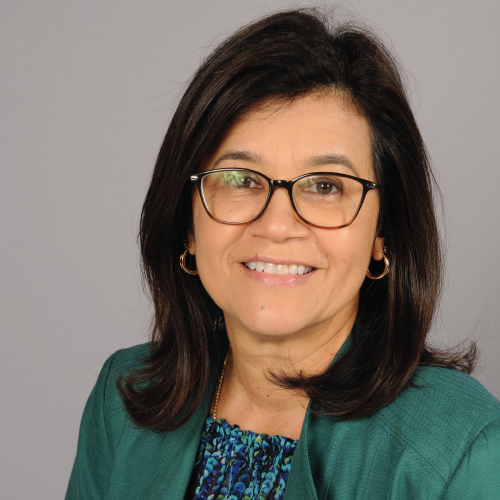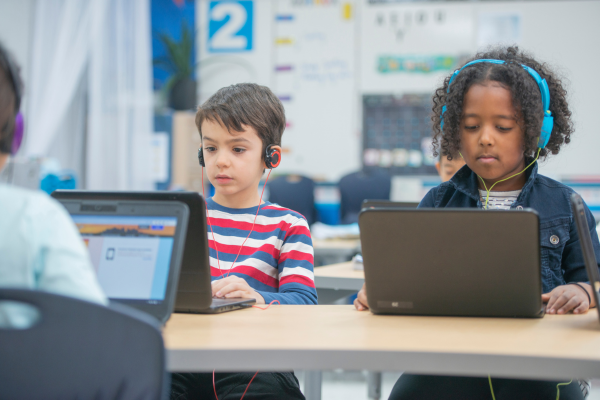Making the Most of Your Summer Fun(ds)— Sustaining Summer
July 03, 2024
This is a guest post from AASA 2023-2024 president, Gladys Cruz.
It’s hard to believe, but this monthly blog series has been running for over a year now, providing just-in-time tips and tools to help maximize ESSER funding via effective summer programs. We have covered topics ranging from planning engaging enrichment, to making summer work for educators, and effectively recruiting students. With programs in full swing in June and July, it’s a good time to revisit this July 2023 blog post for evergreen tips and tools to use to assess the quality and impact of your programming in real time.
This final post in the series focuses on perhaps the most important task of all: sustaining your high-quality summer learning program. Summer 2024 is the last summer that districts can use ARP ESSER III funds for programming (absent a late liquidation waiver). This emergency funding has helped schools and students address learning losses related to COVID-19 and has been critical to expanding access to summer learning programs. While the end of this funding will certainly be felt, it does not have to mean the end of summer learning; a variety of local, state, and federal funds can be used to continue the amazing progress that districts have made over the past few years. Additionally, leaders can use their summer 2024 programming to engage even more support from a broad base of stakeholders. Here, we’ve outlined steps you can take to secure summer learning for 2025 and beyond.
1. Use summer site visits to generate broad support
Nothing brings to life the value and purpose of high-quality summer learning quite like experiencing it firsthand. That’s why it’s so important to invite key stakeholders or prospective supporters to visit the program in action. Through its learning community for state departments of education and Engage Every Student initiative, the U.S. Department of Education has created comprehensive guides to take all of the guesswork out of hosting an effective site visit.
Explore site visit guides for system leaders and program leaders.
Beyond site visits, capture plenty of photo and video content that can be used in reports and presentations and on social media to continue to generate support for and awareness of the program.
2. Think expansively about sustainability
Sustainability is about much more than funding. In its work as a technical assistance provider for the National Summer Learning Project (NSLP), The Learning Agenda identified several other important aspects of sustainability:
- Strong planning that is routinized and integrated into school-year operations
- Robust partnerships
- Predictable funding
- Clear vision and priorities for the program
- Positive student outcomes
- High attendance
- Committed leaders and staff
As part of its study of the NSLP, RAND found that district leaders have the greatest impact on sustainability. RAND’s Getting Support for Summer Learning recommends actions that district leaders can take toward sustaining summer learning programs in the holistic ways described above, including:
- Make summer programming an official board policy
- Measure and communicate the benefits of programs and what you’re learning
- Grant decision-making authority to a central body (such as a Steering Committee) that can:
- Catalog programs to identify efficiencies and quality indicators
- Identify barriers and suggest changes
- Cultivate relationships with district, city, and state policymakers
- Advocate for clearer messages on permissible uses of funding from state leaders
TIP: Listen to The Wallace Foundation’s A Hot Time for Summer Learning podcast to learn how districts in Alabama and New Jersey reimagined summer learning to better engage staff, students, and families, and how two Texas districts are sustaining their programs in the wake of funding changes.
3. Begin (or advance) collaborative sustainability planning
Increasingly, districts are investing in and prioritizing summer learning to meet their goals for students, families, and educators. Thankfully, there are in-depth tools and processes that districts can use to advance a formal sustainability planning process.
One example can be found in the District Summer Learning Network (DSLN), a learning community of districts working to ensure that summer learning programs nurture students’ social, emotional, and mental health needs while preparing them for academic success. The Network, managed by FHI 360, has several resources available online that can be used by other districts. Explore the DSLN Sustainability Tool to lead a year-round, collaborative sustainability planning process in your district.
This Facilitation Guide provides an overview of the three Sustainability Planning Tools—the Self Assessment, Strategy Development, and Action Plan—available in the Summer Learning Toolkit. This guide provides helpful tips for summer program leads to prepare for and facilitate a collaborative planning process using those three tools.
While sustaining summer learning beyond a time-limited infusion of funds may seem like a daunting task at first, districts across the country have been doing it for over a decade. By taking stock of the program’s core elements and benefits and engaging the right team of stakeholders, it is possible to keep the summer magic going far into the future.
This blog is part of a Summer Program Planning series that draws from evidence-based practices culled from RAND research commissioned by The Wallace Foundation. Each suggestion is accompanied by concrete resources from the online Summer Learning Toolkit to provide just-in-time support throughout the school year for your district’s summer learning team. (Check out the May 2023, June, July, August, October, November, December, January 2024, February, March, April and May blog posts for more summer advice.)
Author


